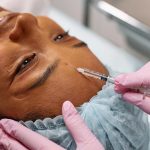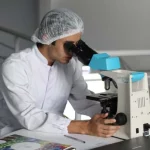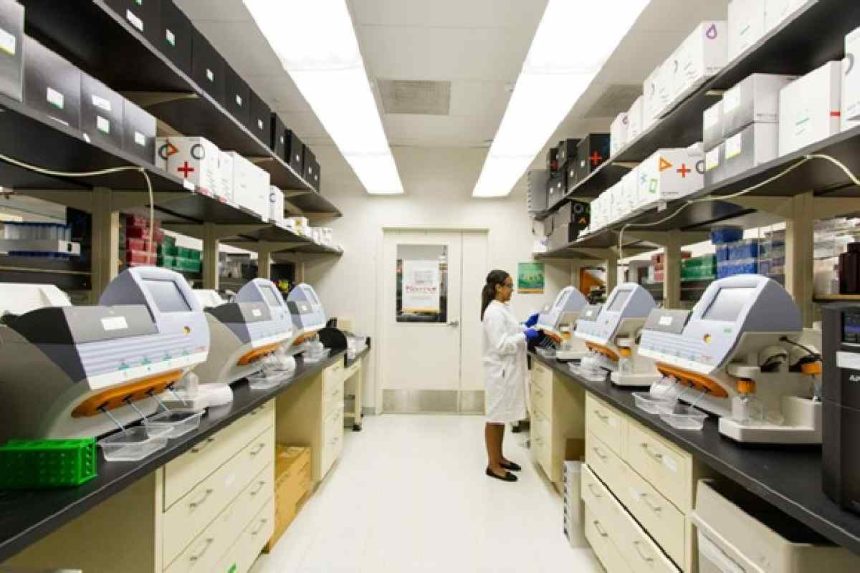In the quest for safer healthcare, innovation in medical device testing emerges as a beacon of hope. Gone are the days when traditional testing methods were enough. In today’s rapidly evolving healthcare landscape, the stakes are higher, and so are the demands on medical devices. This article takes you through the cutting-edge advancements and methodologies reshaping medical device testing, ensuring devices not only comply with stringent regulations but also surpass expectations in delivering quality patient care.
Table of Contents
The Role of Wearable Technology
Wearable technology has taken the healthcare sector by storm, not just in monitoring health metrics but also in testing medical devices in real-world scenarios. These gadgets provide continuous data, offering insights into device performance over time and under varying conditions, thereby ensuring devices are tested thoroughly and effectively.
In the context of electrical testing for medical devices, the utilization of a programmable power supply could significantly enhance the precision and flexibility of these tests. By simulating various electrical conditions, developers can rigorously evaluate medical devices under a wide range of power scenarios, ensuring they operate safely and effectively in diverse environments.
Digital Twins: A Game Changer
One of the most exciting innovations in medical device testing is the advent of digital twins. This technology involves creating a digital replica of a physical medical device to simulate how it behaves under various conditions. This not only streamlines the testing process but also opens new frontiers for customizing devices for individual patient needs, thereby enhancing safety and effectiveness.
The Evolution of Medical Device Testing
The medical device industry has seen significant transformations over the years. From rudimentary validation methods to sophisticated digital simulations, the evolution of medical device testing is a testament to healthcare’s commitment to safety and efficacy. By understanding these advancements, stakeholders can appreciate the complexities involved in bringing a medical device from concept to clinic.
AI and Machine Learning in Device Testing
Artificial intelligence (AI) and machine learning are not just buzzwords but pivotal tools in the innovation of medical device testing. These technologies offer unprecedented capabilities in detecting potential failures and improving device design. They empower developers and testers to predict outcomes and refine devices more efficiently than ever before.
Collaboration for Enhanced Safety
The complexity of modern medical devices calls for a collaborative approach to testing. Regulatory bodies, manufacturers, and healthcare providers are increasingly working together to uphold safety standards. This teamwork fosters innovation, accelerates the testing process, and ensures that devices meet the highest benchmarks of safety and reliability.
Emerging Technologies in Material Science
Emerging technologies in material science are significantly contributing to the advancement of medical device testing. Innovative materials, such as biocompatible polymers and smart materials that respond to environmental stimuli, are creating new opportunities for device functionality and safety. These materials require sophisticated testing to ensure they perform as intended in the human body, adding another layer of complexity and innovation to the testing process.
Regulatory Innovations
As much as technological advancements are crucial, regulatory innovations also play a significant role in shaping the future of medical device testing. Modern regulations are adapting to keep pace with technological advancements, ensuring that safety remains paramount. Through guidance documents and updated standards, regulatory agencies are facilitating a pathway for innovative testing methodologies to be recognized and implemented.
Global Collaboration and Standardization
As the medical device market becomes increasingly global, the need for international collaboration and standardization in device testing grows. This global perspective ensures that safety and performance standards are consistent across borders, making it easier for devices to be approved and marketed worldwide. It also fosters the exchange of knowledge and best practices among regulators, manufacturers, and healthcare providers across different countries.
Future Directions in Medical Device Testing
The future of medical device testing holds promising prospects, with emerging technologies like 3D printing and blockchain finding their applications in this field. 3D printing offers the potential for rapid prototyping and personalized device manufacturing, while blockchain can provide secure, tamper-proof records of device testing and certification processes. As these and other technologies continue to evolve, they will further revolutionize the way medical devices are tested and approved for clinical use.
Conclusion
The landscape of medical device testing is undoubtedly facing a revolution. Through the integration of digital twins, AI, wearable technology, and collaborative efforts among stakeholders, the industry is setting new standards for safety and efficacy. As these innovative testing methodologies continue to evolve, they promise a future where medical devices are not only more reliable but also more adaptive to the unique needs of patients. In transforming medical device testing, we are one step closer to securing a safer healthcare environment for all.






